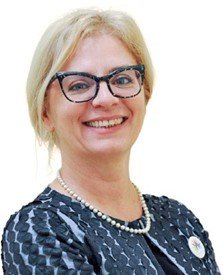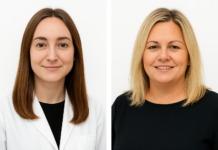
Annalisa Scopinaro
President of the Italian Federation of Rare Disease Patient Associations (UNIAMO)
UNIAMO is the Italian Federation of Rare Disease Patient Associations and plays a key role both nationally and internationally. Could you briefly explain UNIAMO’s mission and how the organization works to improve access to diagnosis, treatments, and innovation for people living with rare diseases in Italy?
AS: UNIAMO’s mission can be summed up in one sentence: to improve the quality of life for people with rare diseases. Of course, this is easier said than done. Achieving this goal requires the implementation of a variety of actions involving multiple stakeholders within the complex rare disease ecosystem.
All of the Federation’s activities follow a defined strategy, which is structured around four key pillars in the field of rare diseases: early diagnosis, holistic care, research in its various forms, and the development of new therapies, particularly for diseases that are still without treatment options. These represent the Federation’s four macro objectives. In terms of access to diagnosis, treatment, and innovation, it is essential to serve as a bridge between patient associations and institutions.
For example, in Italy, thanks in part to the commitment and efforts of patient associations and to UNIAMO’s institutional advocacy, the law on Expanded Neonatal Screening (SNE) was approved in 2016. This program ensures early diagnosis and care for all newborns, identifying more than 40 rare metabolic disorders at birth. Since then, the SNE panel has been updated to include additional diseases for which effective therapies have been developed and will continue to evolve in the future through technological innovation.
The role of the Federation, not only in the area of diagnosis but also in therapies and care pathways, is to identify and respond to the needs of people with rare diseases and to bring those needs to the attention of institutions and policymakers. The goal is to ensure that the system becomes increasingly capable of embracing innovation and making it accessible to those who need it.
From UNIAMO’s perspective, how do you assess the potential impact of outcome-based payment models on access to innovative therapies for patients with rare diseases?
AS: While waiting for European legislation to allocate costs based on the multi-year benefits of therapies, the Italian Medicines Agency (AIFA) has, in recent years, experimented with various payment models to ensure the sustainability of the healthcare system, even in light of the uncertainty surrounding the long-term effects of certain therapies.
Italy has stipulated reimbursement agreements based on patient response, the so-called ‘payment at results’
On one hand, there is a clear need to be able to spread financial risk over multiple years. On the other hand, it is equally important to allow for the early introduction of some therapies across several countries. If the full cost of a treatment is accounted for in a single year, many countries may be discouraged from approving the drug, despite its long-term benefits.
Are there any examples or experiences you would highlight from Italy or from the European Reference Networks (ERNs) regarding the implementation of outcome-based payment models or models based on real-world outcomes?
AS: The uncertainty regarding the long-term benefits of these drugs has pushed Italy to stipulate reimbursement agreements based on patient response, the so-called «payment at results». This is one of the forms of deferred payment: if the drug does not have the expected effects, the company reimburses the buyer via credit note. I would like to point out that among the various types of payment there is also «payment by result», currently used for CAR-Ts.
Another formula used is that of the budget cap based on two indicators: number of patients and negotiated price (the objective of the budget is prescriptive appropriateness and management of pharmaceutical spending) at the contractual expiry of 12/24 months, AIFA verifies compliance with the negotiation condition and in case of excess spending the pharmaceutical company will have to pay a payback to the NHS.
In practice, what are the main challenges you see in implementing these models from the patient’s perspective? Are there concerns related to equity, transparency, or delays in access?
AS: Patients are generally not directly affected by how regulatory authorities decide to reimburse a treatment. What does impact them, however, is when a country chooses not to approve a treatment due to its cost. This is already creating significant equity issues. For example, we know that Italy ranks second in Europe for the number of drugs approved (although the average approval time is 437 days), but many other countries do not approve all available treatments. In some cases, it is the pharmaceutical companies themselves that choose not to enter into price negotiations because the expected number of patients in a particular country does not justify the time and cost required to negotiate with regulatory authorities.
For people living with a rare disease, it is essential that once treatments are authorized, they are made available as quickly as possible, especially in two critical situations. The first is for diseases that currently have no available treatment, and the second is for highly degenerative conditions for which no effective therapies exist to slow disease progression. For these two categories in particular, the concern shared by the entire community is that access to treatment should not be delayed due to bureaucratic processes related to national price negotiations.
Technological innovation is improving the track health outcomes. Do you believe the European healthcare system is prepared to effectively support these models? What technological or structural barriers still remain?
AS: What we hope for at the European level, together with Eurordis and, consequently, UNIAMO, is the development and adoption of models that, in certain cases involving ultra-rare diseases, can centralize reimbursement at the European level. This would help prevent access issues, especially when therapies are available only in a limited number of highly specialized centers across Europe. Access in these situations is far from straightforward: while cross-border healthcare exists, its practical implementation is neither simple nor guaranteed. Furthermore, when a treatment is not approved, it cannot be reimbursed, even under cross-border care schemes. Challenges persist, and there is a clear need at the European level to establish a different model of approval and distribution for certain ultra-rare disease treatments. This is no small task, given that healthcare systems remain under national jurisdiction, and in the case of Italy, even regional.Nevertheless, the issues
are beginning to surface more clearly, and a broader recognition of the need for change is gradually emerging
It is essential to assess not only the clinical effects of a treatment, but also its impact on quality of life
From the point of view of patients and their associations, how can we ensure that innovative financing models always prioritize clinical benefit and patient quality of life over economic interests?
AS: UNIAMO took part in the consultation launched by AIFA regarding the new criteria used to determine the innovativeness of a drug, criteria that, in Italy, grant access to a dedicated reimbursement fund and a fast track for availability. Our comments focused on the importance of including Patient-Reported Outcomes (PROs) and Patient-Reported Experiences (PREs) among the evaluation criteria. It is essential to assess not only the clinical effects of a treatment, but also its impact on quality of life. Innovative financing models should, to some extent, begin to take these broader aspects into consideration as well.
UNIAMO is actively involved in dialogue with regulatory authorities, the pharmaceutical industry, and healthcare professionals. What role do you believe patient organizations should play in the design and implementation of outcome-based payment strategies?
AS: While maintaining the perspective that patients’ primary interest is to access treatments as quickly as possible, UNIAMO is also firmly convinced that it should not be patients or patient representatives who take part in discussions about drug pricing. The discussion around the price of a treatment involves a number of complex factors that must be assessed by experts in pharmacoeconomics, health economics, and related fields. The role of the patient representative is crucial in clearly expressing the value and benefit that a given treatment brings to the patient, but they should not be involved in the pricing negotiations themselves.
According to you, which of the good practices developed in Italy could be used internationally to improve patient access to orphan drugs?
AS: In Italy, a great deal of work has been done to ensure early access to all available treatments; in fact, we rank second in Europe for the availability of orphan drugs. This achievement has been made possible thanks to a regulatory framework that has been developed over the years. One example is Law 648 of 1996, which allows for the use of drugs that are not yet authorized in Italy but can still be reimbursed by the National Health Service (SSN). This law permits access to drugs that are either in clinical trials or already approved in other countries, subject to AIFA’s authorization, when there is no valid therapeutic alternative available for serious, rare, or life-threatening conditions.
Additionally, Law 326 of 2003 established a National Fund within AIFA to support the use of orphan drugs for the treatment of rare diseases, as well as drugs that represent a potential therapeutic hope, pending commercialization, for specific and serious conditions. These examples of regulatory measures that enable early access could also serve as useful models to be adopted or adapted by other countries.






















